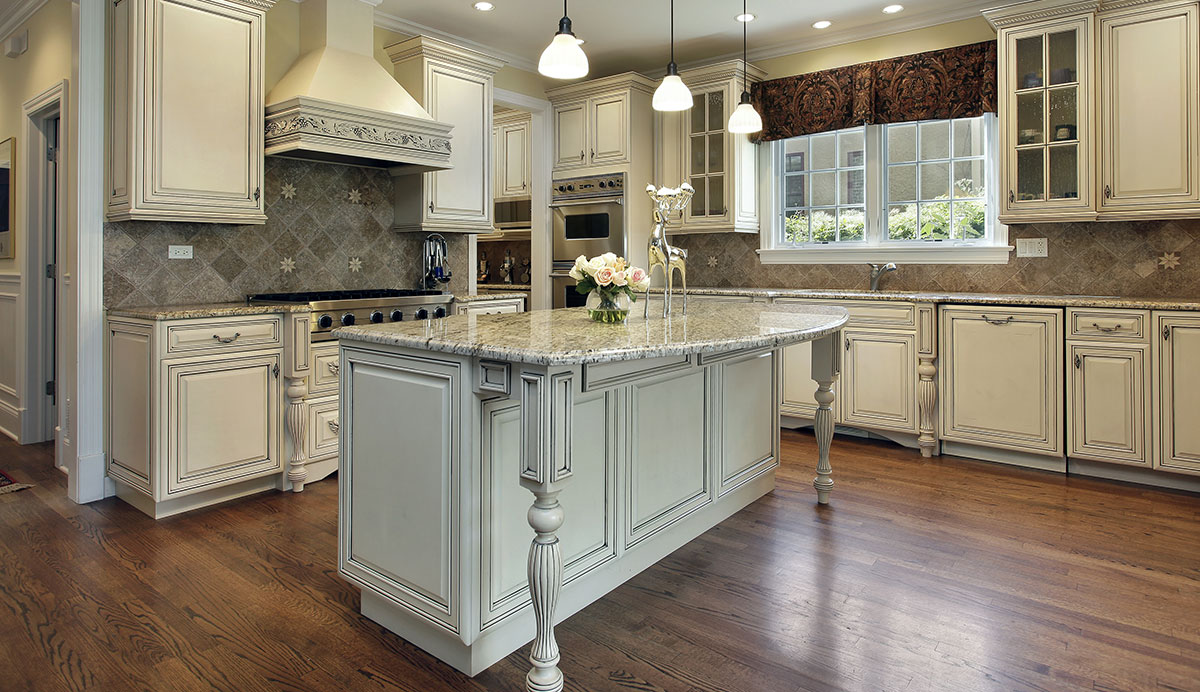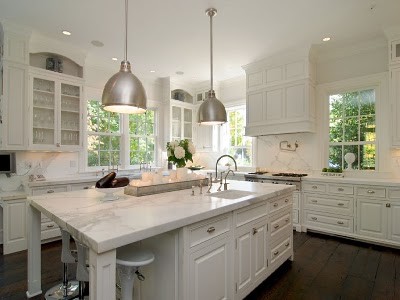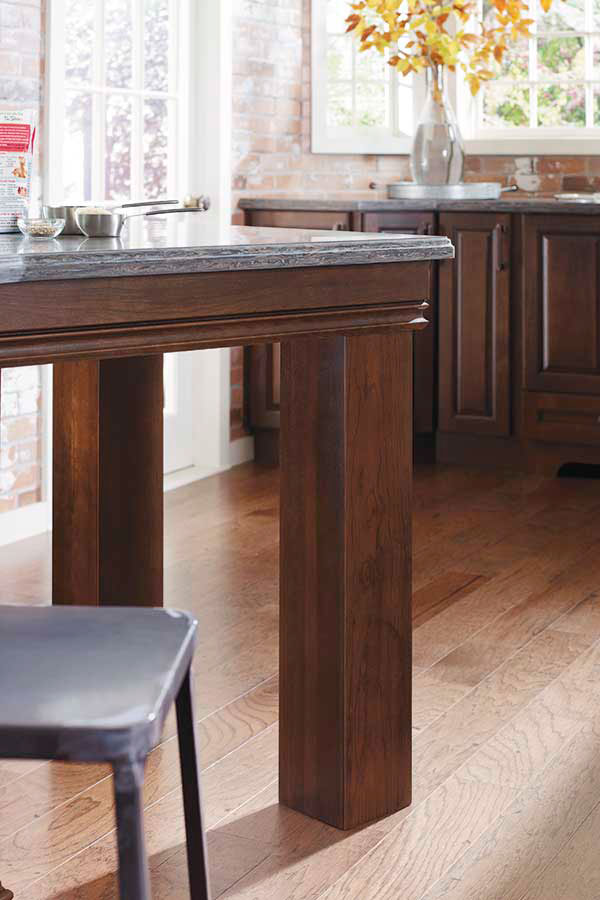Add Stability and Appeal with Tough Legs For Kitchen Island Setups
An Overview to Choosing the Perfect Legs For Cooking Area Island for Your Home
Selecting the excellent legs for your kitchen island is a nuanced decision that affects both the capability and visual appeal of this central room. Elements such as height, materials, and style play a critical role in balancing your island with the general cooking area design. Additionally, understanding the significance of security and maintenance can substantially influence your choice. As you take into consideration these elements, it becomes noticeable that the right legs can transform not only the look of your cooking area but also its usability for years to find. What certain functions should you focus on in this choice procedure?

Recognizing Kitchen Area Island Legs
When choosing legs for a cooking area island, it's necessary to understand their useful and visual duties in the overall layout. The legs act as a critical support system, making certain stability and longevity for the island, which typically operates as a work area, dining area, or gathering spot. Consequently, the choice of material and building and construction method have to be robust enough to hold up against day-to-day use and possible wear.
In addition to their architectural duties, legs add considerably to the island's visual charm. They can boost the kitchen's style, whether via conventional, modern, or eclectic styles. The elevation and percentage of the legs are also vital considerations; they have to harmonize with the island's countertop height while making certain comfortable seating for those using the space.
Furthermore, the leg design can influence the overall flow of the kitchen. Open, airy leg styles can create a feeling of agility, while solid, considerable legs may communicate a more based and secure visual - Legs For Kitchen Island. Recognizing these useful and aesthetic facets will certainly assist house owners in making educated options that match their kitchen's design and boost its use
Popular Styles and Materials
The choice of legs for a kitchen island includes a range of popular designs and products, each offering unique qualities that can boost both performance and aesthetics. Conventional legs commonly display luxuriant information and craftsmanship, enhancing traditional cooking area designs.

Height and Security Considerations

The legs of the kitchen island must offer ample support, making sure that the framework can hold up against everyday usage without wobbling or moving. Material choice plays a substantial function in security; steel legs, for instance, have a tendency to supply higher toughness contrasted to wood.
Matching Your Kitchen Area Visual
Picking the appropriate legs for your cooking area island goes past functionality; it likewise plays a considerable function in the overall aesthetic of the room (Legs For Kitchen Island). When choosing legs, consider the design style of your kitchen.
Color is another crucial element. Legs that complement or contrast with your island's surface area and bordering cabinetry can create visual consistency or striking focal points. Combining dark wood legs with a light marble counter top can add deepness and rate of interest. Additionally, take into consideration the coating of the legs; matte, glossy, or textured coatings can dramatically influence the total feel of the kitchen.
Installment and Maintenance Tips
Installing kitchen island legs calls for careful attention to information to guarantee both security and visual appeal. Utilize a stud finder to locate wall studs if you are affixing the legs to a wall or utilizing brackets for included support.
When safeguarding the legs, use premium screws and, if necessary, timber glue for additional stamina. For metal legs, make sure that you are making use of appropriate anchors and devices to prevent damage to your floor covering. It is suggested to check for levelness after setup, making changes as required to avoid wobbling.
Upkeep is equally vital for longevity - Legs For Kitchen Island. On a regular basis examine the legs for any indicators of wear Get the facts or loosening, particularly in high-traffic areas. Clean the legs with an ideal cleaner, avoiding abrasive materials that may scratch the surface. For wooden legs, consider applying a wood conditioner periodically to maintain their finish. By following these installation and maintenance tips, you can ensure that your kitchen island legs remain both functional and visually enticing.
Conclusion
In verdict, picking the proper legs for a kitchen area island necessitates mindful factor to consider of height, stability, and aesthetic compatibility. By picking appropriate materials and designs that straighten with the general kitchen area design, capability can be enhanced while you can find out more maintaining aesthetic charm. Proper setup and ongoing upkeep additionally add to the resilience and long life of the kitchen island. Ultimately, thoughtful leg option plays a vital role in boosting both the practicality and layout of the kitchen area room.
When selecting legs for a kitchen island, it's necessary to understand their aesthetic and practical functions in the overall layout. Open, airy leg designs can create a sense of agility, while solid, significant legs may communicate an extra based and steady visual. The legs of the cooking area island ought to supply adequate support, making certain that the structure can stand up to day-to-day use without changing or tottering.Mounting kitchen island legs needs cautious focus to information to make certain both stability and aesthetic charm.In final thought, picking the ideal this contact form legs for a kitchen island necessitates cautious consideration of height, stability, and visual compatibility.